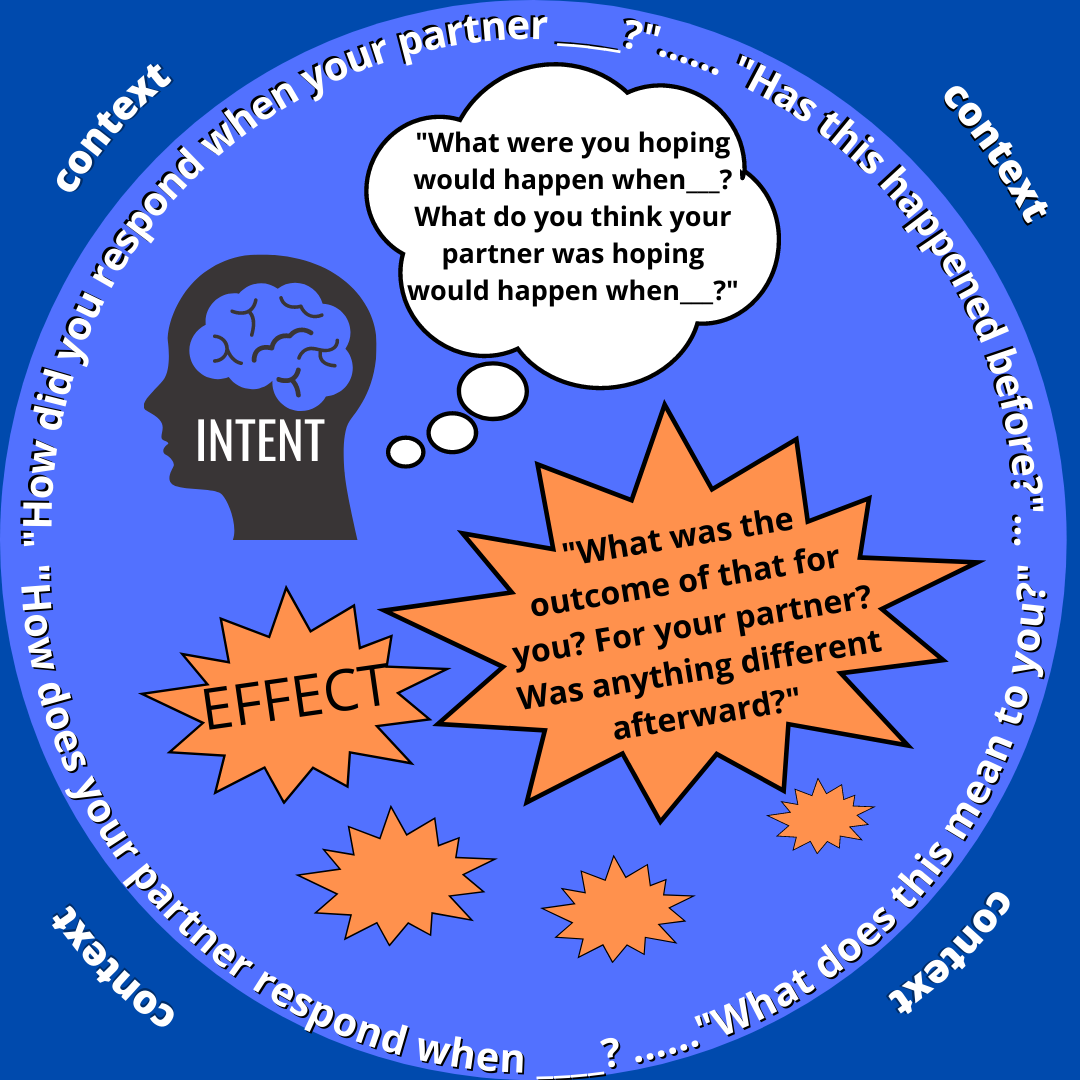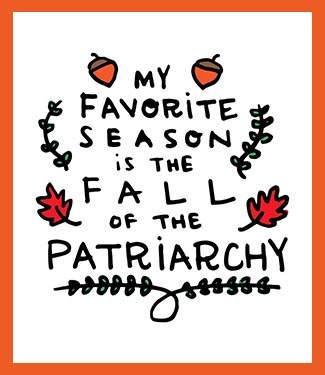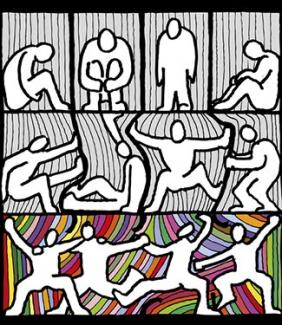By Edric Figueroa and Amarinthia Torres
Photo credit Tzigone
In the TAQ, What do domestic violence programs need to know in order to welcome and support male-identified and people of all genders? Getting real about patriarchy & power (Part 1), we explored the larger systems of inequality connected to the issue of serving male-identified survivors of intimate partner violence (IPV).
Surviving IPV is distinct from experiencing oppression although the two are heavily connected.
Centering coercive control
We believe tha
What’s at stake?
If programs don’t take the time to understand how coercive control is operating, they may minimize or just not see the power imbalances that exist in the relationship. This can lead to inaccurate and
“There are those who believe in mutual battering, both among lesbians and non-lesbians. I am not among them. When one works with the complexity of relationships and the layers of truth in a life, one sees the surfacing of an imbalance of power in violent relationships, a greater need or will or ability to dominate and control on the part of one partner. To deny this difference is to trivialize the battering or to risk adding to the disempowerment of the abused.” – Suzanne Pharr, Naming the Violence: Speaking Out About Lesbian Battering
What do we mean by
In its simplest definition, assessment is an approach to intake, whose primary purpose is discerning coercive control. It relies on critical thinking, an understanding of oppression, and open-ended questions that elicit context from potential participants. Assessment allows advocates to look further than who has done what to whom. Additionally, since virtually any individual behavior can be used by a person to survive abuse or to establish power over another, advocates must “assess” to get a fuller picture of power imbalances in the relationship.
Every agency has
Interpersonal violence usually belies a whole host of social conditions that are hard to qualify and quantify (i.e. privilege, race, poverty, gender, oppression, resistance, wealth, cultural norms, etc.). In this, as in most things, historical context is key.” – The Crunk Feminist Collective, 2013
An assessment process should focus on the context, intent, and effect of behaviors. Existing patterns of coercive control that developed over time will emerge as a result. The behavior itself is not the point… Determining if the behavior is a part of an abusive pattern is.
CONTEXT— Strive to understand what occurred immediately before and after a specific behavior. This context may impact the self-determination of each person in the relationship differently. For instance, what material, cultural, or societal conditions framed their choices?
INTENT— Ask participants directly about what they believe are the intentions behind their behavior or their partner’s. It’s important to distinguish behavior used to establish dominance from actions taken to regain self-control.
EFFECT— Identify who in the relationship bears the majority of the consequences after single incidences of harm. Connect these dots and see if a pattern of coercive control exists in the relationship.
The Northwest Network of Bisexual, Trans, Lesbian and Gay Survivors of Abuse created some of the above content in 2001 and it was adapted by the TAQ authors.
 Key recommendations for ensuring survivor-specific and gender-inclusive supports
Key recommendations for ensuring survivor-specific and gender-inclusive supports
The bottom line is to assess, not guess! See this approach as enriching potential advocacy with
- Apply a clear but rich assessment process for
every person and have your own procedures and policies in place to determine if someone is surviving IPV. - Know what resources exist in your area and your agency’s capacity to support participants who may not be experiencing IPV. For example, abusive partners, people exploring a breakup, people who experienced one incident of violence, people who want to learn more relationship skills, people who are having normal conflict in their relationship, etc.
- Resist the urge to rush to advocacy, and slow down your questions. The more you know, the further your referrals, direct concern, and/or validation will go.
- Trust the collective expertise from research and practice in the anti-violence field on what constitutes IPV. There is plenty of rich research, and information on coercive control available to advocates including this useful info graphic from the Battered Women’s Justice Project.
- Practice confidentiality AND containment. Advocates at the same organization can lean on one another for support with complicated assessments.
- Routinize training on coercive control, gender-equity, and building an anti-oppressive agency [Remember the impacts of patriarchy and power.]
- Push back on narratives like “a survivor would never do this…” People who are surviving coercive control may use physical violence in the course of surviving.
- Remember
an individual reaching out to your agency for relationship support does notautomatically equal a survivor, andadvocates asking context questions does notautomatically equal victim-blaming.
To further respond to the needs of diverse individuals, offer programming that is not “survivor specific”. Agencies can then offer education and community connections to people who experience single incidences of violence or others who may not be eligible for IPV, survivor-specific support.
Examples of community engagement programming:
- Classes on how to form boundaries, handle conflict, or generally have a relationship without abuse
- Parenting groups
- Skills shares or professional development
- Town halls or meet and greets
- Wellness events/activities like tincture or candle making
- Educational partnerships with other direct-service providers
- Vigils for community grief and healing
- Issue-specific forums
- Participating in local health fairs or community-specific festivals like Pride
Examining how systems of inequality fuel interpersonal and structural violence are a first step to ending harm against those most marginalized.
 For more information:
For more information:
What do domestic violence programs need to know in order to welcome and support male-identified and people of all genders? Getting real about patriarchy & power (Part 1): Domestic violence programs play a key role in shifting from a culture that tolerates difference to one that embraces intersectionality. This TAQ outlines what domestic violence programs need to know in order to serve survivors of all genders with autonomy and dignity.
WEBINAR: Enhancing Services to Male-Identified Survivors Series Part 3: Gender Neutral Advocacy / Mejorando los Servicios para Sobrevivientes Autoidentificados como Hombres: La Intersesoria Genero Neutral: In part three of the Enhancing Services to Male Survivors Series, the presenters engage in a discussion about how to meaningfully support survivors of all genders while maintaining and strengthening a collective, feminist analysis on gender, power, and violence. / En la tercera parte de la serie Mejorando los Servicios para los Sobrevivientes que se Autoidentifican como Hombres, los presentadores participan en una discusión sobre cómo apoyar de manera significativa a los sobrevivientes de todos los géneros mientras mantienen y fortalecen un análisis feminista colectivo sobre género, poder y violencia.














